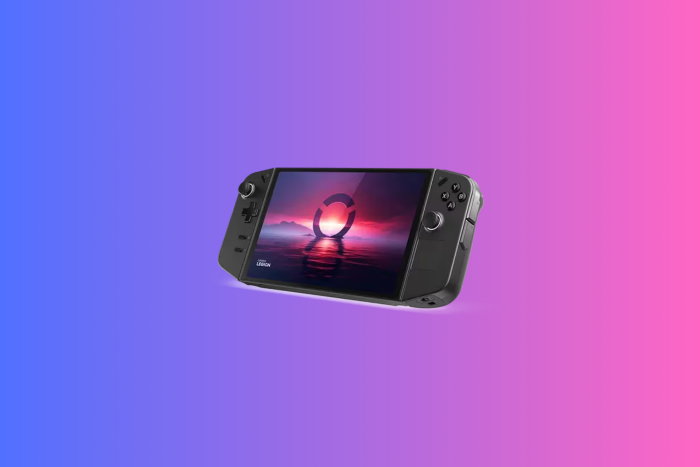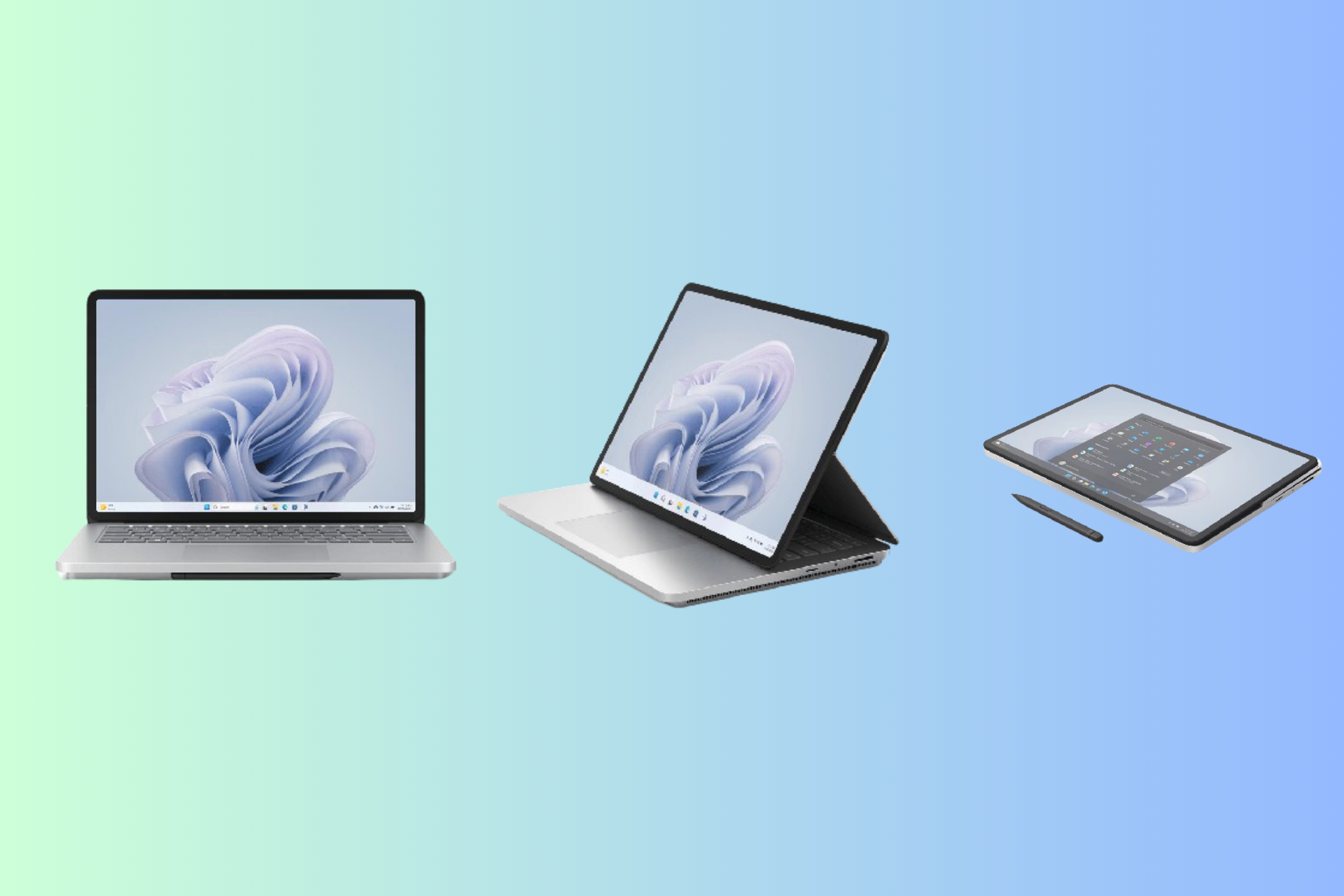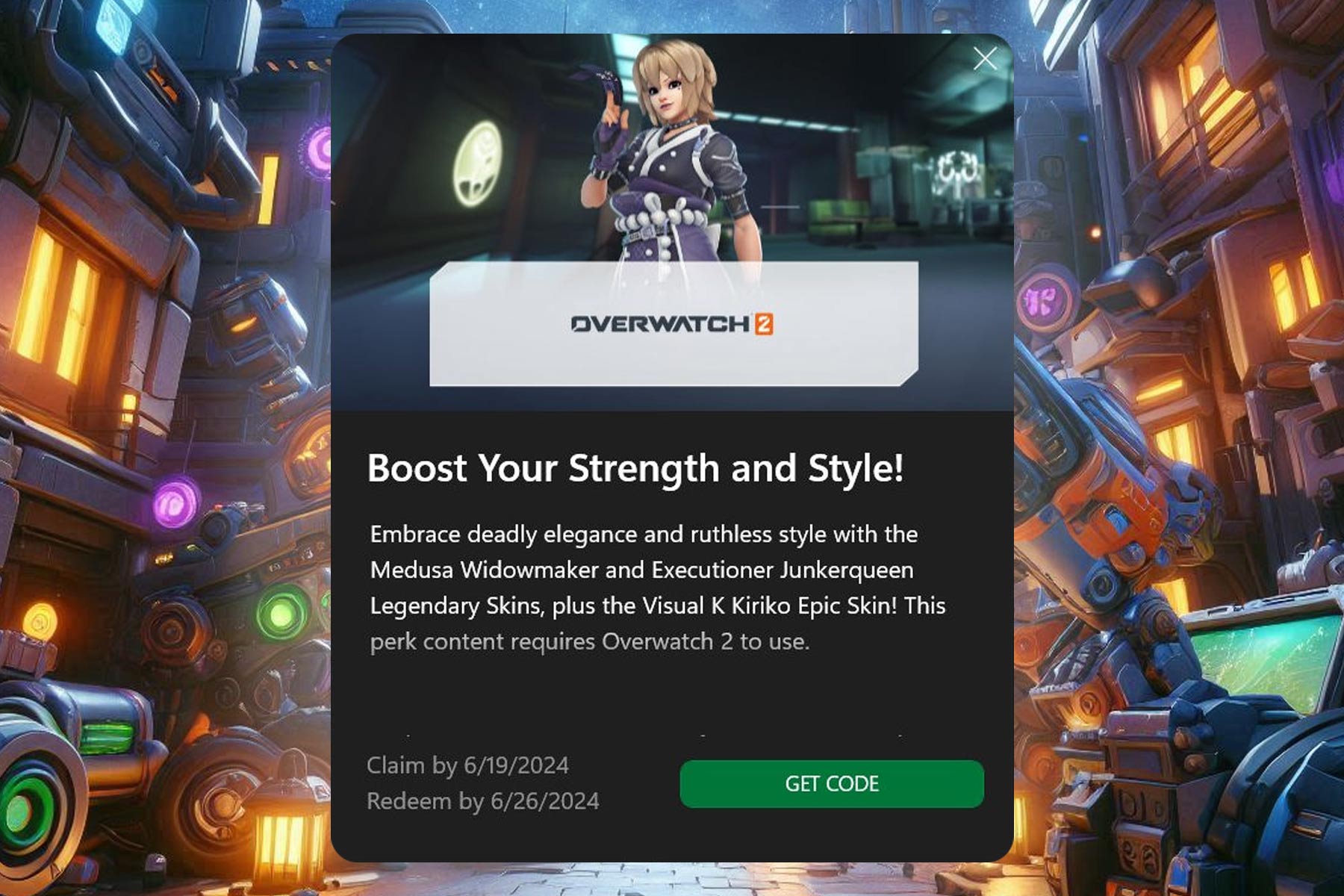Lenovo Legion Go is already giving its competitors the time of day
It is designed with a concept similar to Nintendo Switch
5 min. read
Published on
Read our disclosure page to find out how can you help Windows Report sustain the editorial team Read more

Handheld gaming consoles have a longer history than one may think, dating back to been 1976. Surprised? Auto Race, Merlin released in 1978, ring a bell? It was Nintendo, introduced in 1989, which made the handheld console concept popular.
However, with the dominance of PlayStation and Xbox coming to the market, interest in handheld console faded away until the arrival of Steam Deck in 2022.
Since then, there are a handful of handheld consoles available, and the latest contender is Lenovo Legion Go. Let’s delve into its specs and features to understand what it has to offer.
Lenovo Legion Go specifications:
| Specifications | Values |
| Processor | AMD Ryzen Z1 Extreme w/ integrated Radeon Graphics |
| OS | Windows 11 Home |
| Storage | 512GB SSD or 1TB SSD |
| RAM | 16GB |
| Display | 8.8-inch 16:10 QHD (2560 x 1600) IPS touchscreen |
| Refresh rate | 144Hz |
| Ports | 2x USB-C 4.0 (DisplayPort 1.4, Power Delivery 3.0), 1x MicroSD card reader, 1x 3.5mm headphone jack |
| Battery | 49.2WHr Battery |
| Size | 1.60 x 5.16 x 11.76 inches |
| Weight | 1.88 lbs |
| Price | $699.99, currently available at $649.99 on the official website |
Big screen, and beautiful design
Handheld games like Steam Deck and ASUS ROG Ally are getting popular among PC gamers as well as Xbox fans. Lenovo Legion Go stands out with its expansive screen of 8 inches, and QHD + 144 Hz display, which is bigger than Steam Deck and ASUS ROG Ally, both featuring 7 inches of screen.
However, Legion Go doesn’t have a VRR FreeSync, which means you have to tone down the visual settings to medium to avoid any stuttering issue during gameplay, which is not a concern for its contenders, Steam Deck or ASUS ROG Ally.
The design of the console gives it a professional look and comes in a beautiful black color, but it is prone to smudging even if you have clean hands. So, if you like to keep your console squeaky clean, you might need a cleaning cloth every now and then.
Another thing that adds to the aesthetic appeal of the device is the mini trackpad, which addresses the issues of touch controls on Windows 11. However, it is not as smooth as the one offered on Xbox.
The next thing is the detachable joysticks, reminiscent of the Nintendo Switch, which makes it different from Steam Deck and other competitors in the market.
It also comes with a carry case that allows one joystick to dock and act as a joystick-mouse hybrid. It is ergonomic for swift movements, especially for aiming for shooters; however, the extra buttons and triggers to mimic a keyboard make it a bit complex to handle.
The addition of buttons and triggers can be great for productivity tasks if you use them on a desk. Another drawback is that the package doesn’t include a desk but compensates it with a robust kickstand, which is directly integrated into the chassis, making it a great travel companion.
The device weight is 1.88 lbs, which is quite higher than ASUS ROG Ally (1.34 lbs) and Steam Deck (1.475 lbs), which can be justified due to its larger display and powerful cooling system.
Device settings and preferences
Legion Go has a simple process to update drivers and allows you to customize various settings, including RGB preferences. However, when compared to ASUS, there is room for optimization for Lenovo devices.
The handheld device can also configure trackpad settings to enhance usability, offering flexibility while performing various tasks.
You can also adjust performance settings to balance power consumption & gameplay experience, and the cooling system makes the device suitable for prolonged gaming sessions.
Spectacular performance and long battery life
Lenovo Legion Go comes with an AMD Z1E chip for graphics processing and allows you to boost VRAM through BIOS adjustments, which can be a minor convenience for some.
Like its counterparts, Legion Go also offers 3 hours of battery life under normal circumstances. However, if you are indulging in intensive gaming, have set the resolution to maximum, and use the high-end settings, the device might only last for 30 minutes or less.
Therefore, to get the best out of this handheld device, you need to adjust its settings, including frame rate and resolution, according to your immediate needs.
To modify preferences on the go, the device comes with an overlay menu, which can be accessed using a button placed at the top-right corner of the display.
You can also carry a power bank or sit near a power outlet for extended gaming sessions. If you like to play games on a bigger screen for change, you can connect it to a TV for a better viewing experience.
To conclude, with the advent of these powerful handheld consoles, gaming enthusiasts now have the flexibility to choose a device that suits their unique gaming style.
If the speculations related to Xbox and PlayStation entering into the handheld console arena are true, we can anticipate a huge surge in the market.
Furthermore, gamers are eagerly waiting for the release of the Nintendo Switch. All of these rumors have led them to anticipate that soon, players like Dell, Razer, and other PC manufacturers will announce their products.
If you like a big screen, bulkier design don’t care about VRR FreeSync, and are looking to explore the myriad of features that Legion Go has to offer, it is definitely the compelling choice for you.
In case you want to compare Legion Go Vs. Rog Ally Vs. Steam Deck in detail, read this detailed guide.
If you’ve used any of these handheld gaming consoles, we’d love to hear about your adventures in the comments section below. Share your experiences with us.








